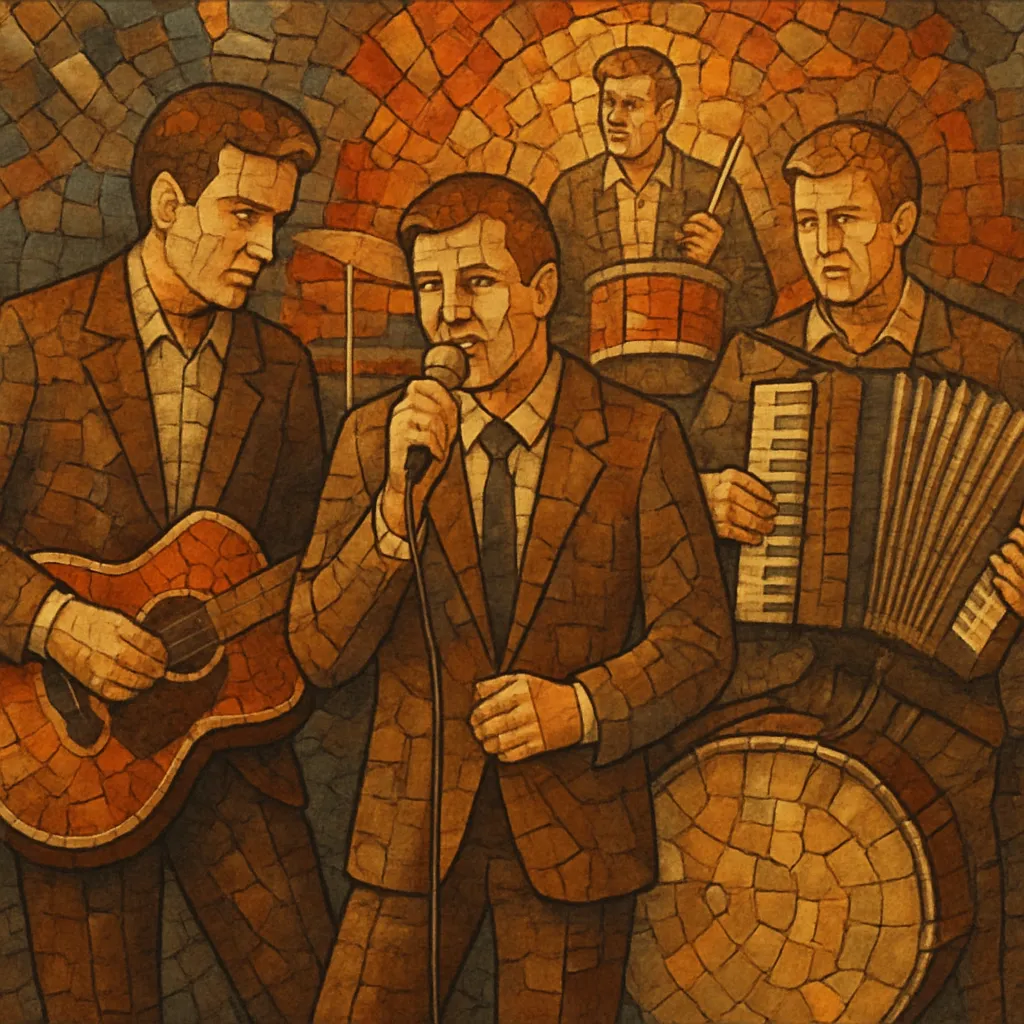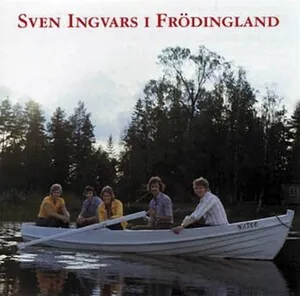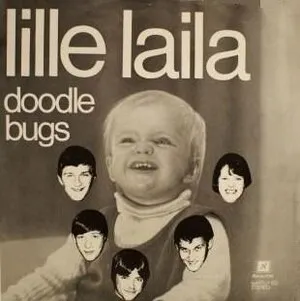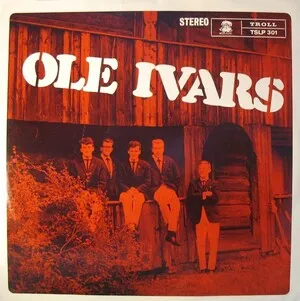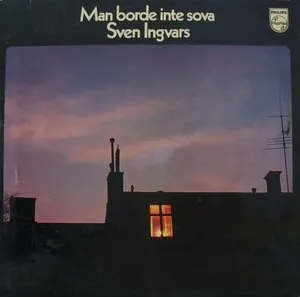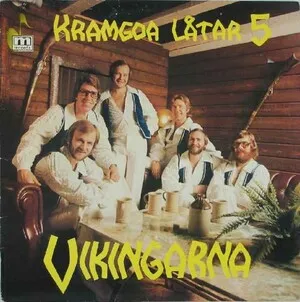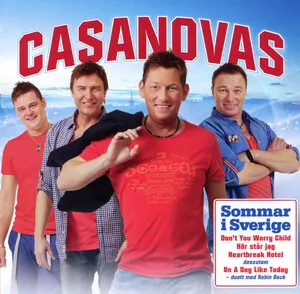Dansband (dansbandsmusik) is a Scandinavian popular dance-music style that grew out of Sweden’s folkpark dance culture in the late 1960s and flourished through the 1970s. It blends schlager’s catchy melodies, country’s twang and storytelling, and rock ’n’ roll’s steady backbeat into a polished, dance-first sound.
Songs are mid-tempo, diatonic, and immediately singable, tailored for partner dances such as foxtrot, bugg (a Swedish jitterbug), and waltz. Typical instrumentation includes electric and acoustic guitars, bass, drums, keyboards (piano/organ/synths), saxophone, and sometimes pedal steel or accordion. Lyrics—most often in Swedish—focus on love, nostalgia, and everyday life.
The genre remains a staple of Nordic social dance scenes, with a strong tradition of touring bands playing ballrooms, folkparks, and dance pavilions, and a repertoire mixing originals with Swedish-language covers of international hits.
Dansband emerged in Sweden’s folkpark circuit as groups adapted rock ’n’ roll and country-inflected pop to partner-dance contexts. Bands prioritized a steady, danceable groove and singable hooks, aligning closely with the Scandinavian schlager tradition. Early pioneers began shaping a sound that worked equally well on radio (e.g., Svensktoppen) and busy weekend dance floors.
The 1970s marked the genre’s commercial peak. Touring intensified, and bands like Vikingarna, Flamingokvintetten, and Thorleifs became regional household names. Arrangements favored clean guitars, warm organs, sax lines, and unpretentious vocals. Many international hits were localized into Swedish, while original material followed verse–chorus forms with memorable refrains, key changes, and friendly, romantic themes.
Although competition from disco, synth-pop, and later mainstream pop reduced chart dominance, dansband sustained a robust live scene. Production incorporated modern keyboards and occasional disco-pop polish, but the core mission—music designed for foxtrot, bugg, and waltz—remained. The circuit of ballrooms and folkparks continued to anchor the culture.
Television programs (e.g., talent and revival shows) and festivals helped renew public interest, introducing new acts and revitalizing classics. Bands such as Larz-Kristerz and Arvingarna bridged generations, blending vintage aesthetics with contemporary gear and mixes. Today, dansband endures as a living social tradition across Sweden and neighboring Nordic countries, sustained by regular live dances, radio, and dedicated fan communities.

